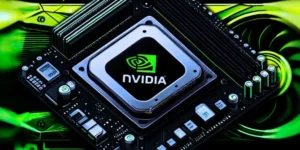As smartphones and other gadgets become increasingly central to daily life, the demand for simpler, more seamless charging solutions has grown. Wireless charging pads have emerged as a promising answer, allowing users to charge devices by simply placing them on a surface, with no cables required. While still a relatively young technology, many argue that wireless charging is the next big step in convenient tech. But is it truly the future, or just a passing trend?
Simplicity and Ease of Use
The core appeal of wireless charging lies in its effortless user experience. There’s no fumbling with cables or worrying about connector wear and tear. You place your phone or device on a pad, and it begins charging instantly. This simplicity makes it ideal for nightstands, desks, and public charging stations, promoting a clutter-free and more user-friendly environment.
A Step Toward a Cable-Free World
Wireless charging supports the growing trend toward minimalism and wireless ecosystems. With more devices eliminating ports (like some modern smartphones and earbuds), charging pads offer a natural solution that aligns with this shift. In the long run, widespread adoption could mean fewer cables, fewer proprietary connectors, and more universal charging surfaces across homes, offices, and vehicles.
The Trade-Offs: Speed and Efficiency
Despite its convenience, wireless charging still lags behind wired methods regarding speed and energy efficiency. Even with fast wireless options, they tend to generate more heat and slower charge times than their wired counterparts. Wireless pads may not yet meet performance expectations for people in a hurry or power users needing quick top-ups.
Potential and Innovation Ahead
As the technology evolves, so does its potential. Emerging innovations like long-range wireless charging and multi-device pads are being developed, which could allow multiple gadgets to charge at once without precise placement. If these improvements continue, wireless charging could evolve from a convenience to a genuine standard for all devices.
Conclusion
Wireless charging pads offer tangible convenience and a glimpse into a more streamlined, cable-free future. While current limitations in speed and efficiency prevent them from entirely replacing wired chargers, they are steadily improving and expanding in capability. For now, they serve as a valuable supplement to wired charging, and in the years to come, they may become the dominant method of powering our devices, ushering in a new era of effortless connectivity.









